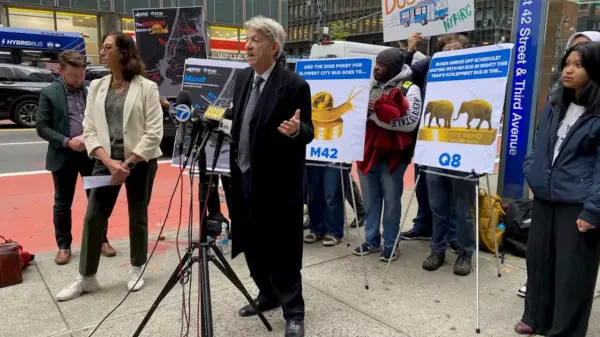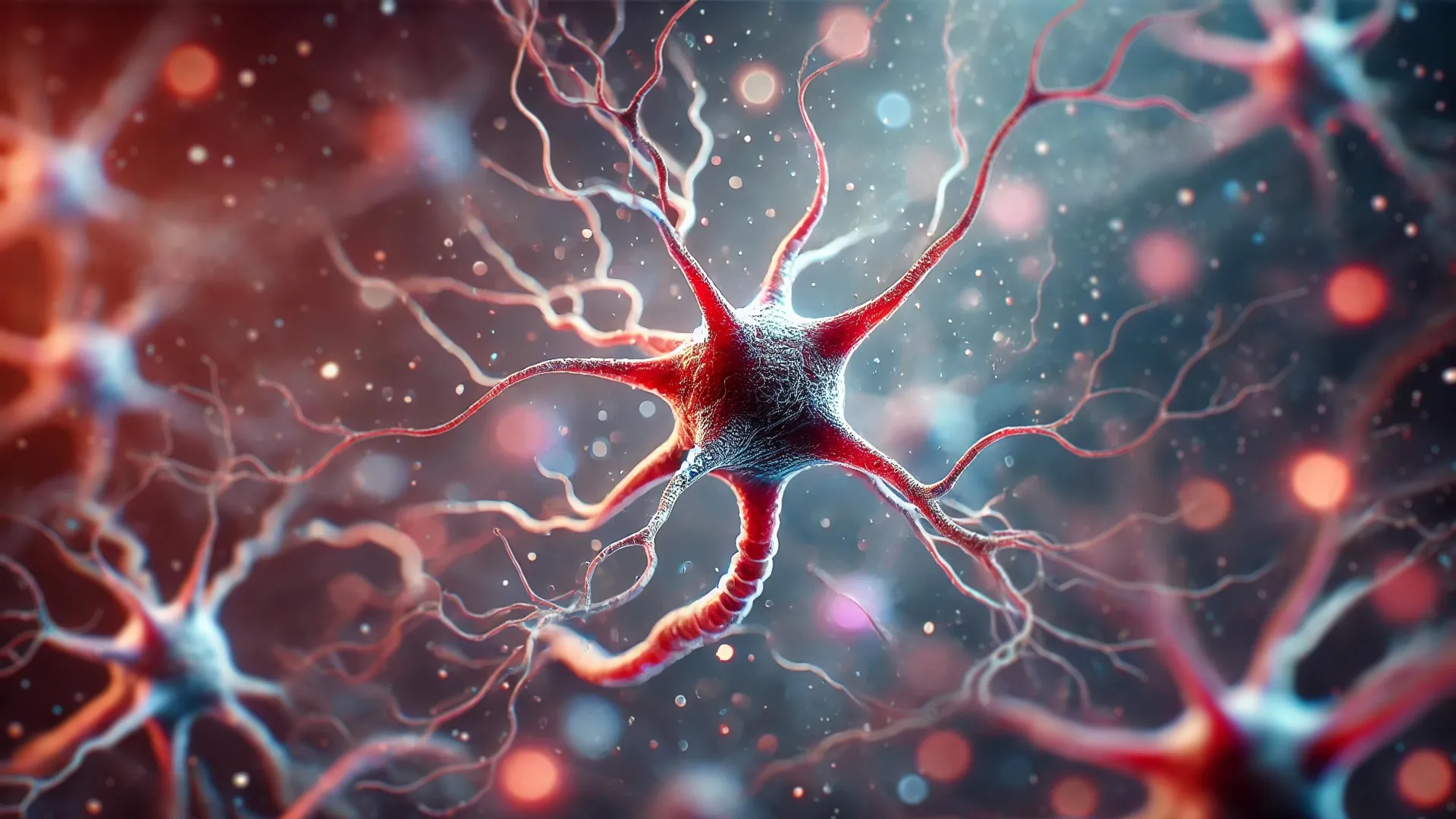Researchers at Osaka Metropolitan University in Japan have reported that the drug lecanemab, which targets amyloid plaques in Alzheimer’s patients, does not enhance the brain’s waste clearance system in the short term. This discovery raises important questions regarding the effectiveness of current Alzheimer’s treatments and highlights the complexity of the disease itself.
Led by graduate student Tatsushi Oura and Dr. Hiroyuki Tatekawa, the study indicates that even after treatment, nerve damage remains present, and the brain’s ability to remove waste does not show immediate improvement. These findings suggest that addressing amyloid plaques alone may not be sufficient for restoring brain function in Alzheimer’s patients.
Understanding Alzheimer’s Disease and Its Challenges
Alzheimer’s is a multifaceted neurodegenerative disorder and the most prevalent form of dementia. It develops through a combination of factors, making it particularly challenging to treat. One of the leading contributors to nerve cell damage in Alzheimer’s is the accumulation of the protein amyloid-β (Aβ) within the brain.
In healthy individuals, the brain utilizes a system known as the glymphatic system to clear out metabolic waste. This system circulates cerebrospinal fluid around the brain, mixing it with interstitial fluid to eliminate harmful substances, including Aβ. The term “glymphatic” derives from the glial cells that facilitate this cleaning process.
In Alzheimer’s patients, the buildup of Aβ stiffens arteries, impeding fluid flow between brain tissue and cerebrospinal fluid. This disruption interferes with the brain’s waste clearance capacity, leading to a series of neurodegenerative effects that manifest as the disease’s symptoms.
Research Findings on Lecanemab’s Efficacy
Lecanemab, which has gained approval as an antibody therapy for reducing amyloid-β levels, was examined by the research team using a specialized imaging technique called the DTI-ALPS index. This method allowed them to assess changes in the glymphatic system in patients before and after treatment.
Contrary to expectations, the study revealed no significant improvement in the DTI-ALPS index three months post-treatment. The researchers concluded that while lecanemab may decrease plaque levels and potentially slow cognitive decline, it does not suffice to restore lost brain function.
By the time Alzheimer’s symptoms manifest, both neuronal damage and waste clearance impairments are likely well established, making reversal difficult. This finding underscores the need for a comprehensive approach to treatment that addresses multiple biological pathways.
“The impairment of the glymphatic system may not recover within the short term, even when Aβ is reduced by lecanemab,” Oura stated. He emphasized the importance of further research to explore factors such as age, disease stage, and the extent of white matter lesions. Understanding these elements will enhance treatment strategies for Alzheimer’s patients.
The research findings were published in the Journal of Magnetic Resonance Imaging on November 11, 2025, contributing to the ongoing discourse about effective treatment methods for Alzheimer’s disease. As researchers continue to unravel the complexities of this condition, a multifaceted treatment approach may be essential for improving patient outcomes.






































































